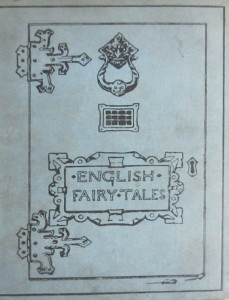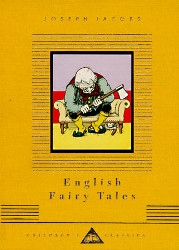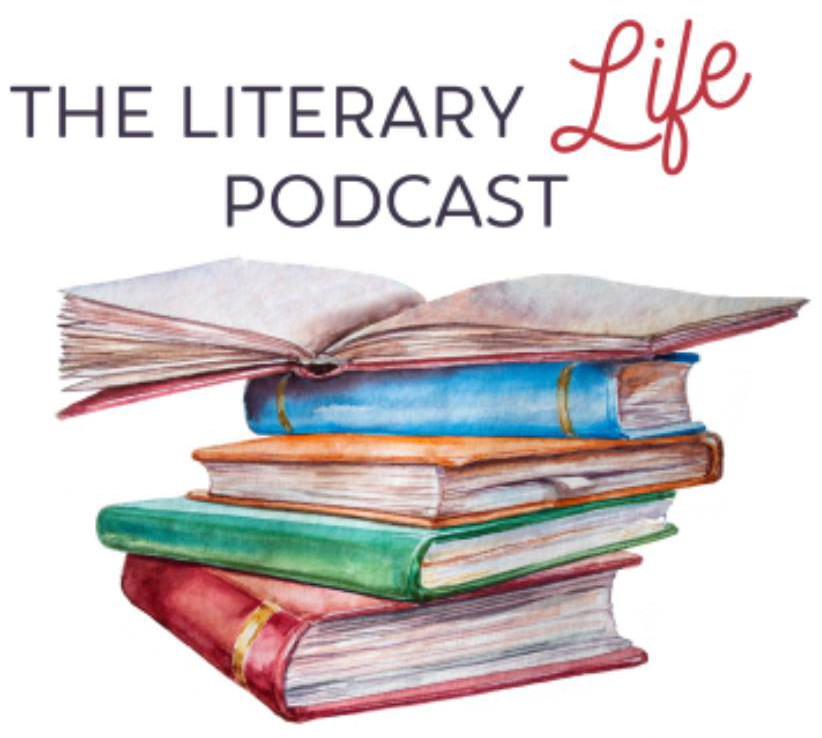English Fairy Tales

Illustrator:
John D. Batten
Editor:
Joseph Jacobs
Publication:
1890 by David Nutt (London)
Genre:
Anthology, Fairy Tales, Fiction, Folk Tales, Read Aloud
Pages:
253
Current state:
This book has been evaluated and information added. It has not been read and content considerations may not be complete.
Book Guide
Search for this book used on:
There's wealth enough in this book for three children—one after the other. And, unlike other hand-me-downs, these stories will not lose their freshness, since they have already lasted hundreds of years.
Our tale-reteller Joseph Jacobs keeps the stories short (so that even if a parent is coaxed into "just one more" it won't take too long); he keeps only a touch of the original dialects; he does not fear to shorten or modify the old stories for his new audience. Of course, as any folklorist will tell you, many of these stories have European and Asian counterparts, and the scholarship is there for the learned parent. But that need not bother the child hearer or reader, for the story is section is closed with a proper, amusing drawing, announcing "Oyez, Oyez, Oyez, the English Fairy Tales are now closed. Little boys and girls must not read any farther." Yet, if such forbidden fruits are tasted, what a reward for the curious! The thirty-nine pages of Notes and References are almost the best part of the book. Tom Tit Tot is the English version of Rumpelstiltskin; Binnorie is taken from the lovely old Scots ballad. How refreshing to have a simple Three Little Pigs. And how many of us know the actual tale of Childe Rowland, who to the dark tower came? Even a sophisticated new generation exposed to TV cartoons (with overtones of Disney and the Grimm brothers) will glow with simple pleasure at some of these "new" stories (The Red Ettin) as well as the retellings of the old ones (Dick Whittington, Jack and the Beanstalk, Henny-Penny, The Three Sillies).
The drawings of John D. Batten seem very new and fresh in view of the modern revival of Art Nouveau and the Pre-Raphaelites.
From the dust jacket of the Grosset and Dunlap reprint
To view an example page please sign in.
Find This Book
Search for this book used on:





